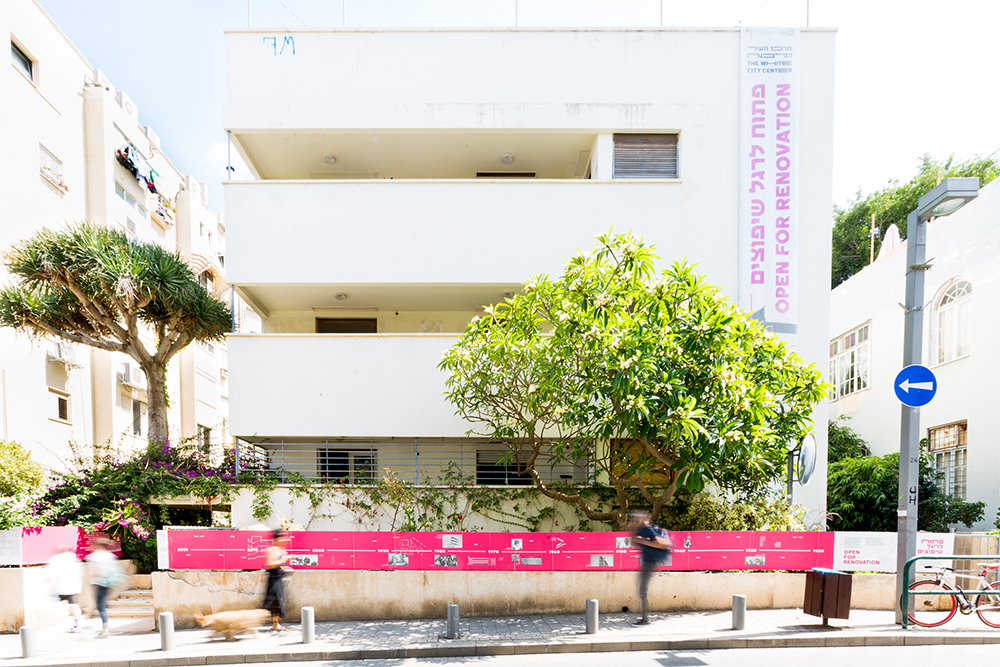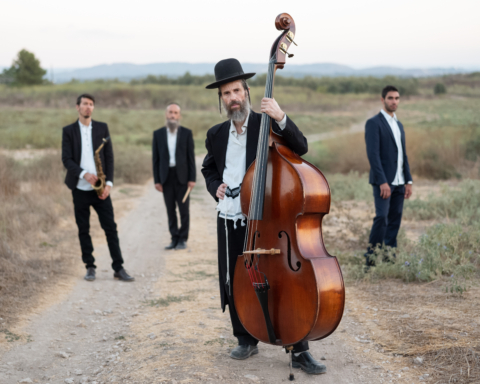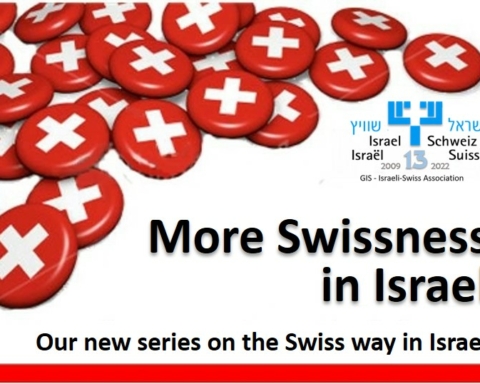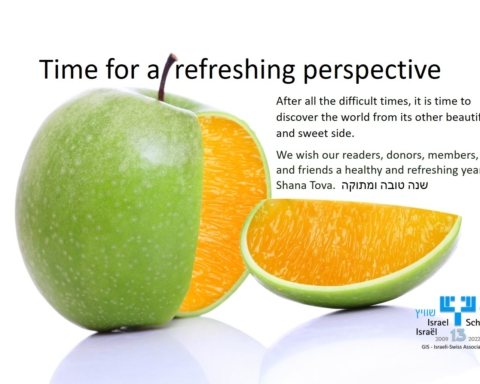Tagged as the White City, Tel Aviv is known to have the highest concentration of Bauhaus buildings in the world. The modernist Bauhaus movement was started in the 1920s by a group of Germans who fled Germany and landed in then British Mandate of Palestine. They believed in minimalist architecture, meaning minimal glass windows for minimal heat, light or white paint, and rounded architecture to capture the sea breeze fit in with the vision for Tel Aviv.

Today, about 4,000 buildings make up the White City, which was declared a UNESCO World Heritage site in 2013. In celebration of its 100-year anniversary, there are tours of the White City to admire the ancient and simplistic ideals of ancient architecture, and urban wanderers can witness dozens of renovations taking place to revive many a façade.
Small Bauhaus neighborhoods are scattered amidst the city, concentrated in three central areas, including Dizengoff Square, Bialik Square, and Rothschild Boulevard. There is a unique concentration in the area dubbed the “Magic Triangle,” which sits in the center of Gan Meir, Trumpeldor Cemetery, and Idelson road. Today, these buildings are preserved and protected, and about 1,500 are slated for renewal. About 180 are prescribed untouchable.
The Liebling House, built in 1936 by Dov Karmi, and is one of the buildings being renewed, funded by Germany’s $3.2 billion support in the project. The Liebling House sits on the enchanting Idelson Street next to Bialik Square. It’s slated to reopen September 19, 2019 as The White City Center, as a meeting point for tours, information, and all things Bauhaus.








